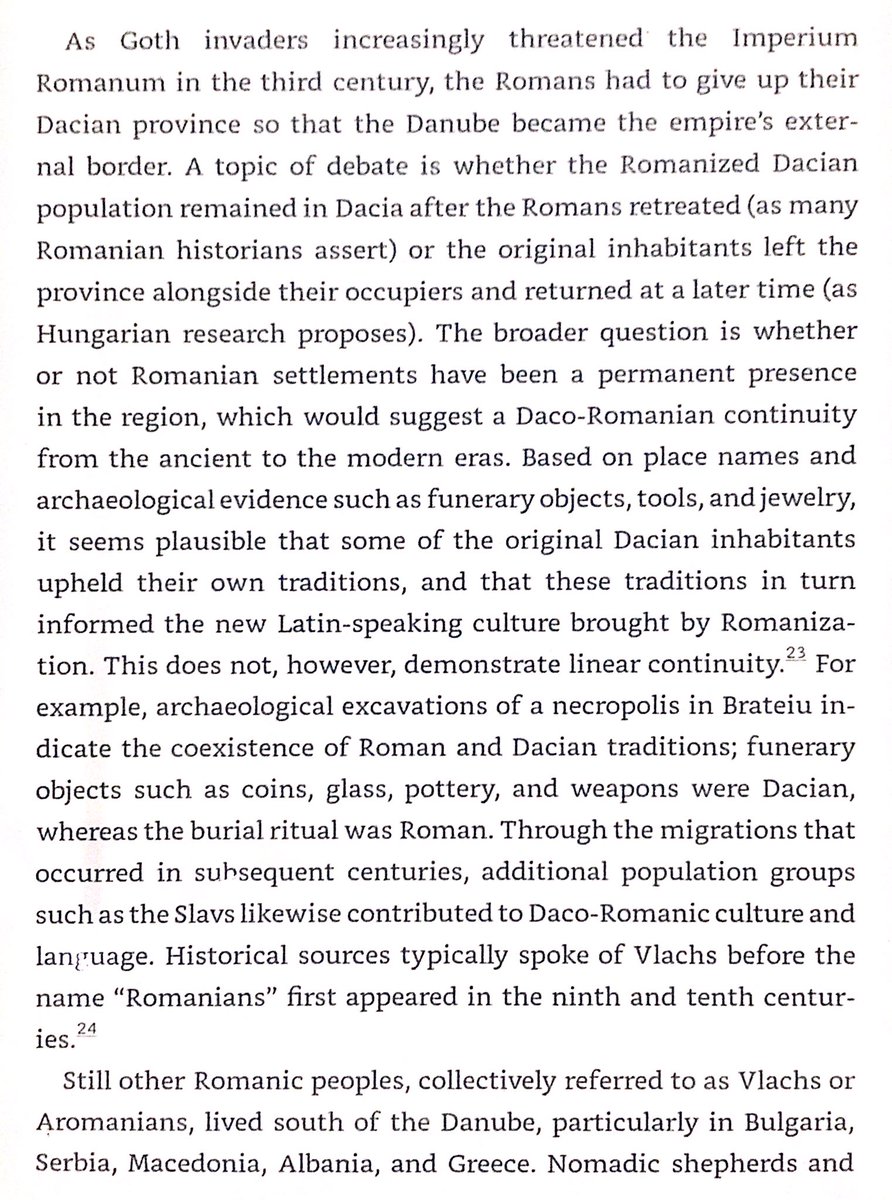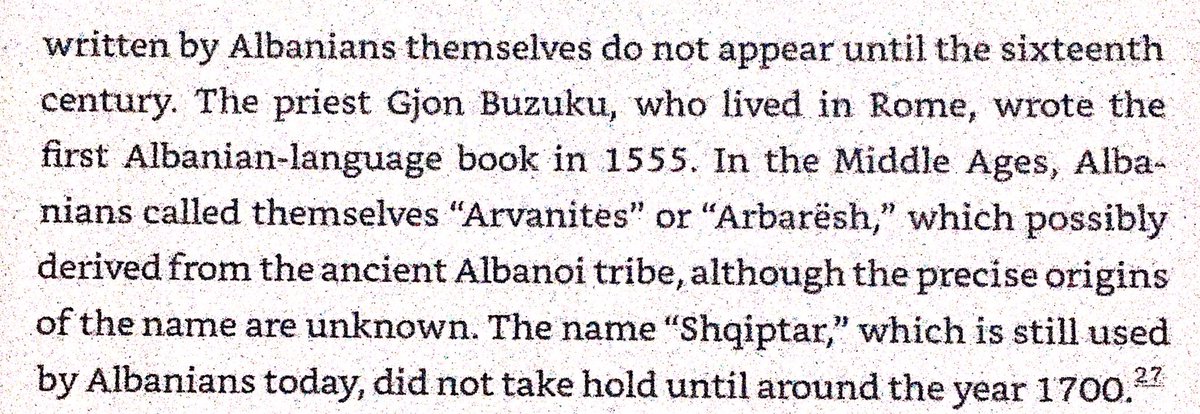
Probably outdated paper on Chadic Expansion argues it took place 8000-4000 BC - from East Africa through the Sahel. bmcevolbiol.biomedcentral.com/articles/10.11… 







Chadics had agriculture by the time they fragmented - proto-Chadic has words for “sorghum” & “porridge”. pnas.org/content/pnas/e… 

Chadics like Fulani & Hausa have same mutation for adult milk-drinking as Europeans. 3 other mutations in Africa that allow adult milk-drinking: one common in Kenya & Tanzania, another in northeast Africa, & last from Middle East. 



Similarities in words for “cow”, “cattle”, “bull”, & “calf” in Chadic, Semitic, & Cushitic. Egyptian words for “calf” & “bull” are similar to her Afro-Asiatic sisters, but not “cow” or “cattle”. Also not distinctiveness of Berber words. 







Omotic, Cushitic, Chadic, Semitic, & Berber words for “sheep” have common root. Omotic, Cushitic, & Chadic have common root for “goat”. Some apparent sharing for both words with Nilo-Saharans. 



Root for word of “castrated small ruminant” same in Omotic & Chadic, but not in Cushitic. Shares root with a number of Nilo-Saharan languages. 

Donkeys were domesticated long after the split of Afro-Asiatic, & even after Omotic, Cushitic, & Chadic had fragmented into their constituent languages. Western Chadics contacted the Southern Omotics after donkey domestication though, possibly getting donkeys from them. 



Coastal West African languages words for pigs come from Portuguese. However in Sahel evidence of different type of small black pigs spread from Ethiopia to Burkina Faso by pig-keeping group of non-pastoralists who were fragmented & separated by spread of Islam in historic period. 





Chadics originated in Nile Basin & were related to Cushites. They were pastoral with cattle, goats, & sheep. They were archaeological Leiterband Culture, migrating across Sudan 3700 BC & reaching Lake Chad in 1000 BC. They introduced cattle to the region. core.ac.uk/download/pdf/3… 







Sahara desertified 4000-2000 BC. Yellow Nile is now dry, but used to connect Eastern Chad to Mediterranean. Most of the Sahara was a savannah at the time (in map, white is desert, yellow is grasslands, dark orange is woods, orange is savannah, green is forest. 





This paper argues that the Hausa mixed with west-central Africans around ~1325 BC. ncbi.nlm.nih.gov/pmc/articles/P… 

Authors believe R1b was introduced into Chadics by Mamluk-era Baggara Arab herders who shifted to cattle from camels under Fulani influence. 







Another theory - some Cardial Ware guys (southern EEFs) carried R1b with them across Mediterranean in 6th millennium BC, & some descendants ended up in East Africa, becoming part of Chadic Migration. 



Closest R1b branches to those found in Chadics are restricted to Sardinia - supporting a Cardial Ware origin. A3-M13 in Sardinia also supports neolithic N Africa-S Europe contacts. Chadic R1b shows signs of expansion 3700 BC - same as Khartoum Neolithic. ncbi.nlm.nih.gov/pmc/articles/P… 







See also this 3rd millennium BC find of a North African in Sardinia. Given spread of megaliths, sea contacts had been going on since at least the late 4000s BC.
https://twitter.com/peter_nimitz/status/1233644254204841985
• • •
Missing some Tweet in this thread? You can try to
force a refresh


































